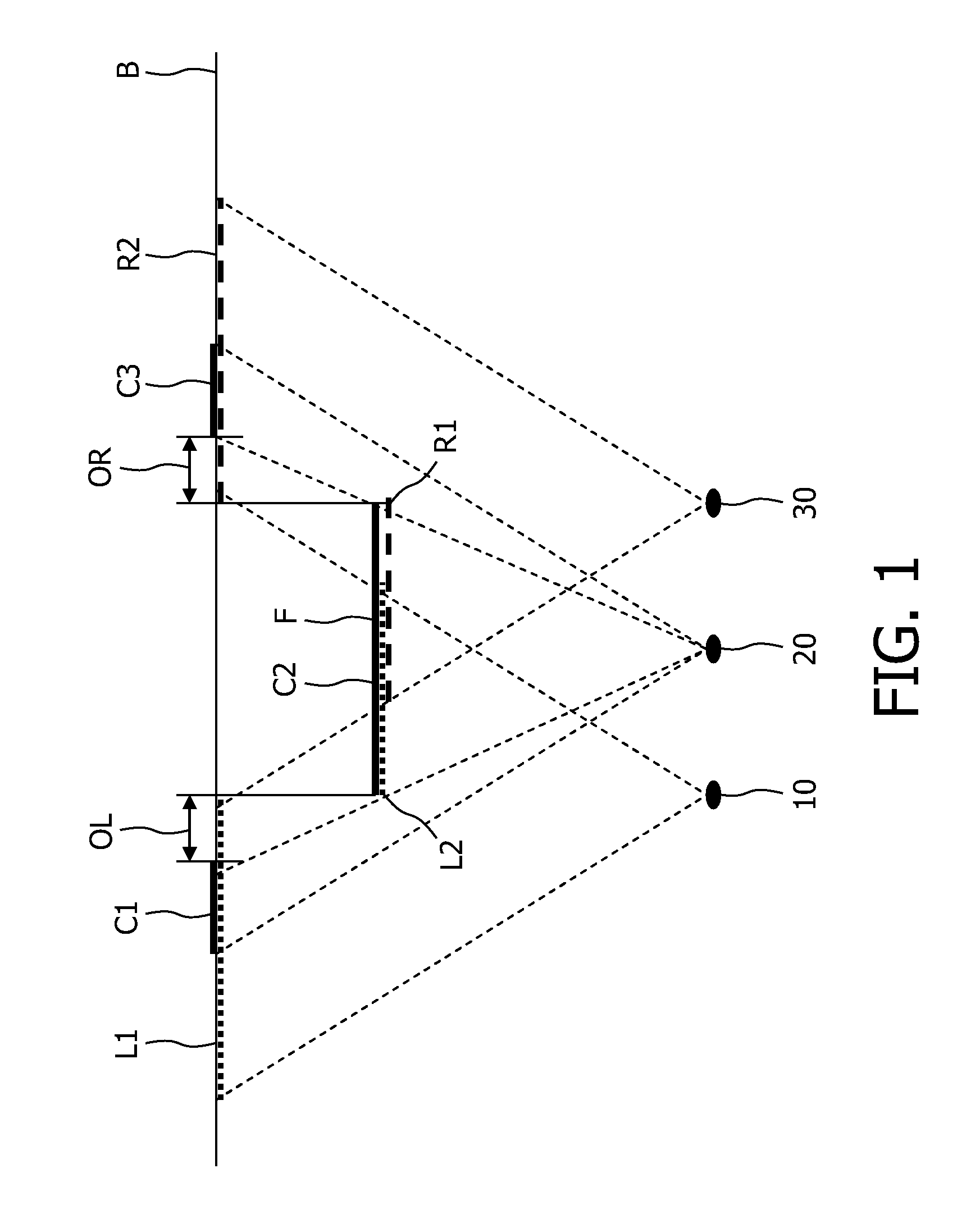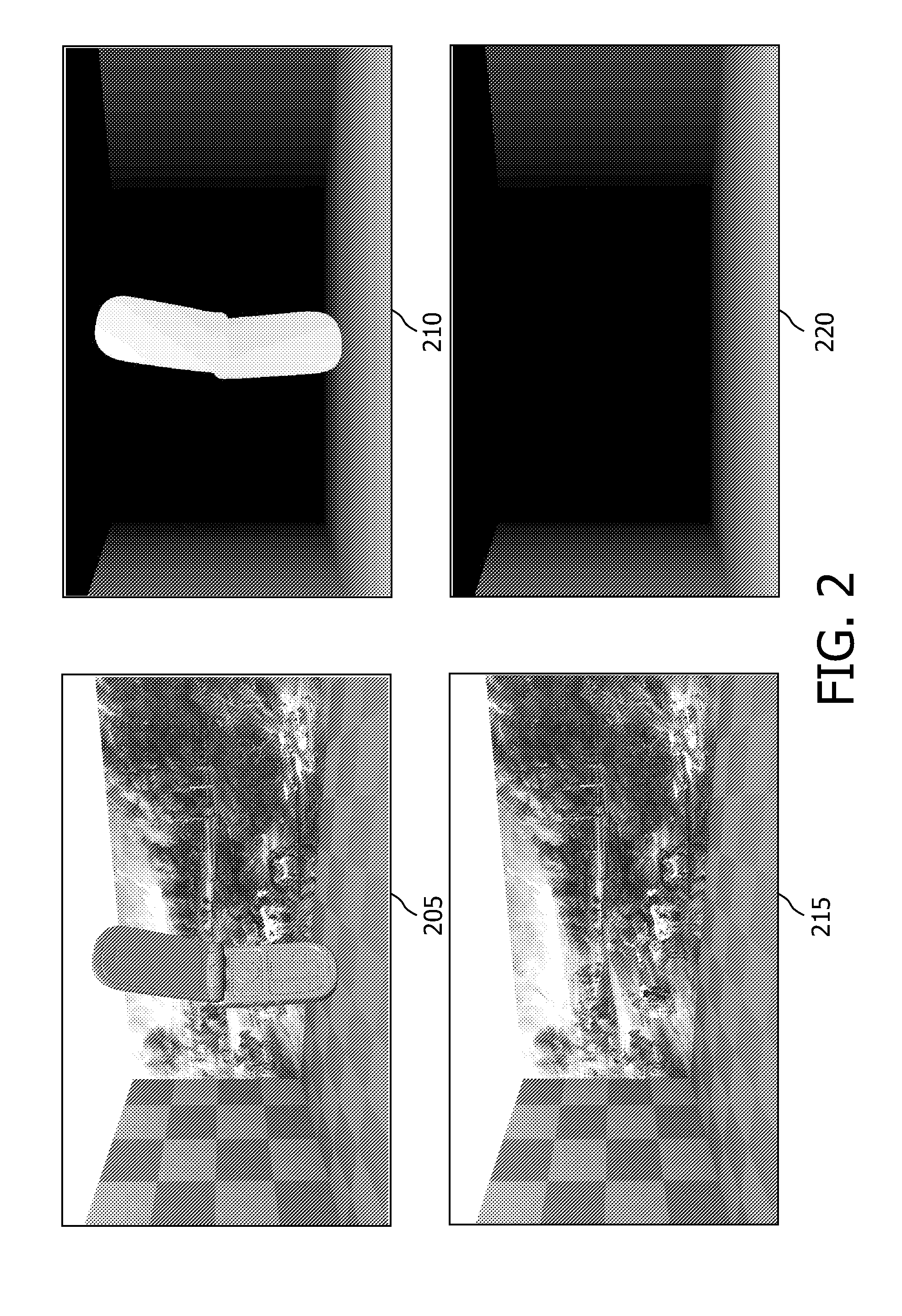Method and device for processing a depth-map
a depth-map and depth-map technology, applied in image data processing, television systems, instruments, etc., can solve problems such as serious parallax errors, significant reduction in size, and introduction of noise, and achieve the effect of reducing compression artifacts in the depth-map
- Summary
- Abstract
- Description
- Claims
- Application Information
AI Technical Summary
Benefits of technology
Problems solved by technology
Method used
Image
Examples
Embodiment Construction
[0037]In order to provide 3D content at the time of introduction of autostereoscopic displays and / or other stereoscopic display devices, conventional 2D content could initially be converted from 2D to 3D at the end-user. However, as depth-maps generated at the display side will typically have imperfections, resulting from a lack of depth information in 2D content signals, there will be a need for better depth-maps.
[0038]Depth-maps that are generated at the acquisition and / or transmission side can have a much higher quality due to the fact that resource requirements at the acquisition side are generally no issue. Moreover, as there is no need to generate data in real-time, the throughput time is no issue either. In addition, in a professional environment there will generally be more information available, such as footage in the form of stereo input, or even multiview input. Finally, at the acquisition side, in particular for content creation in a studio environment, there also is an ...
PUM
 Login to View More
Login to View More Abstract
Description
Claims
Application Information
 Login to View More
Login to View More - R&D
- Intellectual Property
- Life Sciences
- Materials
- Tech Scout
- Unparalleled Data Quality
- Higher Quality Content
- 60% Fewer Hallucinations
Browse by: Latest US Patents, China's latest patents, Technical Efficacy Thesaurus, Application Domain, Technology Topic, Popular Technical Reports.
© 2025 PatSnap. All rights reserved.Legal|Privacy policy|Modern Slavery Act Transparency Statement|Sitemap|About US| Contact US: help@patsnap.com



